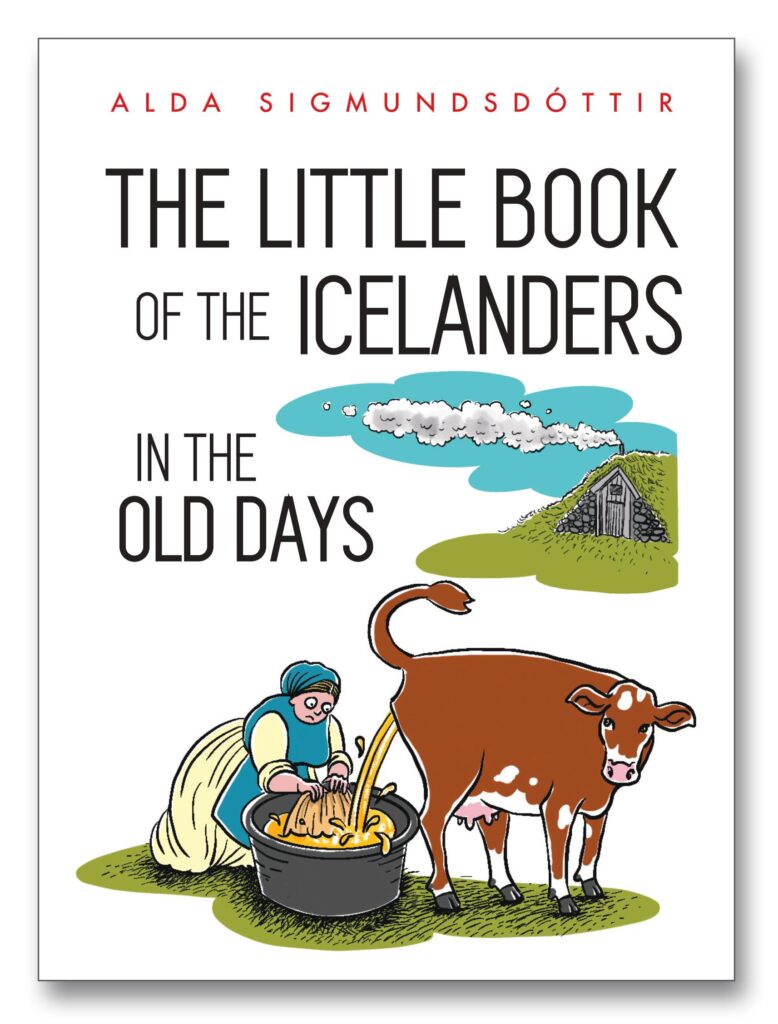Alda Sigmundsdóttir
The little book of the Icelanders in the old days, Alda Sigmundsdóttir
The little book of the Icelanders in the old days, Alda Sigmundsdóttir
Couldn't load pickup availability
// Essay // Humor // History // Tales // Published: 2015, original version in English // 140 pages
Alda Sigmundsdóttir doesn't hesitate to put her foot in it. According to her, the majority of Icelanders don't believe in elves or trolls, but enjoy playing on the image that the international press has stuck on them, even if it means gaining some commercial advantage.
While it is difficult to contradict her on this last point - when we observe the development of elven and trollish "derivative products" which invade the tourist shops in the center of Reykjavik - we have the right to prefer the poetic version of a belief which is still well anchored, and which continues to influence daily life and the layout of the roads. (see the links on the gallery blog on this subject).
In any case, Alda offers a relevant reading of these tales, still deeply rooted in Icelandic culture, placed in the context of their creation and transmission over the centuries.
Speaking of the living conditions of his ancestors: "In short: we had a dog's life /…/ The stories were a great help (to them). They were the Prozac of the Icelanders, they offered them refuge from the cruel fate to which they were exposed." (p11).
Very prosaically, births outside marriage (illegal) were explained by the "lovers of mortal women", these male elves much more beautiful and elegant than their human neighbors; the fortunes and misfortunes of peasants were linked to the goodwill of elves who appeared in dreams and whose requests had been granted or not by poor mortals; children who disappeared in the fog or snow while going to watch the sheep had in fact been taken in by the elves with whom they lived a peaceful and more luxurious life.
From the 6 collections published between 1954 and 1961, which constitute a collection considered exhaustive (a painstaking work begun in the middle of the 19th century), Alda has selected 20 stories reproduced in their conciseness, their ellipses and their sometimes disconcerting cruelty, and comments on them briefly in relation to the rest of the corpus or the sociology of the time.
Whether we prefer to believe it or not, this says a lot about the place of the imagination in the service of the established order.


